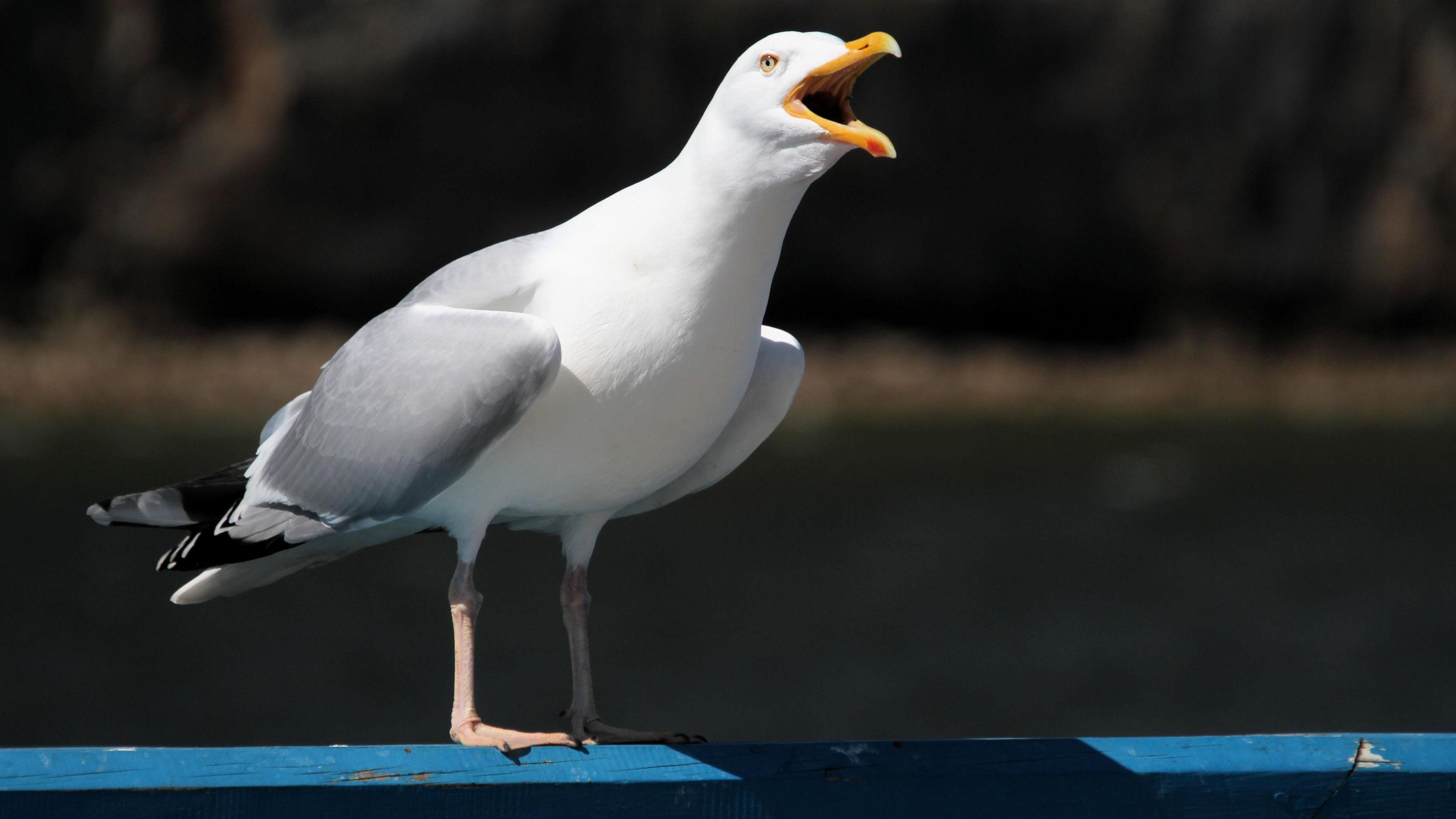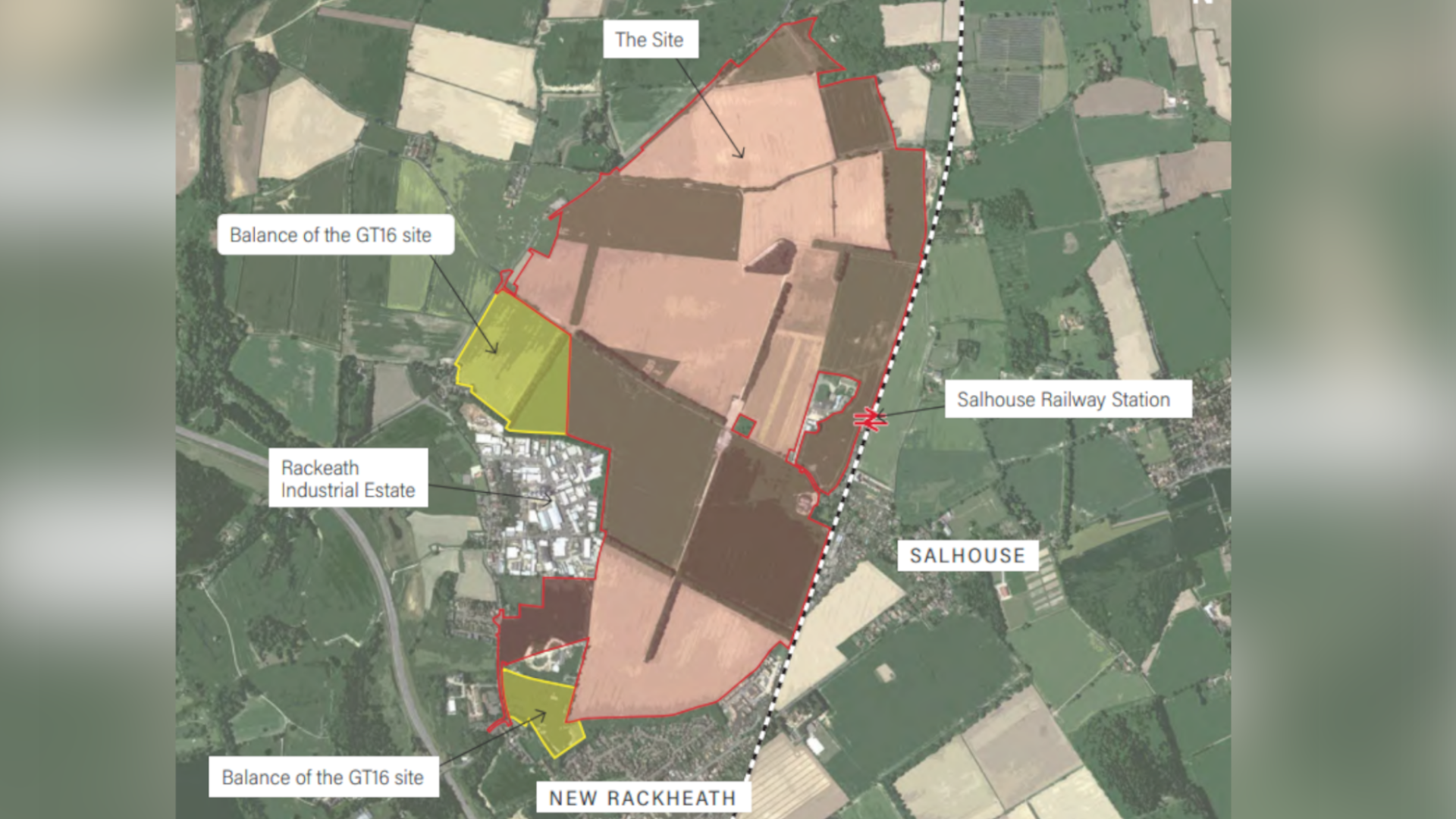New housing 'poses bird threat to aircraft'

The Civil Aviation Authority says gulls are a potential hazard for aircraft
- Published
An airport said it wants assurances thousands of new homes will not create an "unacceptable" risk of aircraft being hit by birds.
The developer Taylor Wimpey is seeking permission to build 3,850 properties near Norwich Airport.
The airport has said it would object to the proposals at Rackheath, north-east of the city, unless the design ensured "hazardous species of birds are not attracted to the site".
A spokeswoman for Taylor Wimpey said "it was not in a position to comment at this time".
The size of a small town, the scheme would be built on the former US airbase and would effectively link Rackheath with the village of Salhouse.
It would include land for two primary schools, one secondary school, orchards, allotments, employment land and sports facilities.

The site, highlighted in red, with Rackheath village to the south and Salhouse to the east
In a letter sent to Broadland Council, the airport's safeguarding officer warned that "certain elements [of the design] cause us concern".
They said landscaping at the development needed to be "arranged to ensure that hazardous species of birds are not attracted to the site".
They warned "this may create an unacceptable increase in the bird strike risk to aircraft".
According to the Civil Aviation Authority, external, delays to flights and damage to aircraft caused by "wildlife strikes around the world cost more than one billion Euros a year".
It said potentially hazardous birds such as gulls, pigeons and starlings could be attracted to housing developments as they offered potential sources of food and shelter.
It provides advice to developers on reducing the risk of attracting birds, including steeply pitched roofs to prevent roosting.
Taylor Wimpey has called the scheme one of its "largest and most exciting projects" – and that it would build an "attractive and desirable place to live, to work and for recreation".
Broadland Council is due to decide on the plans at a later date.
Get in touch
Do you have a story suggestion for Norfolk?
Follow Norfolk news on BBC Sounds, Facebook, external, Instagram, external and X, external.
More stories from Norfolk
- Published2 days ago

- Published2 days ago

- Published2 days ago

- Published31 January 2015